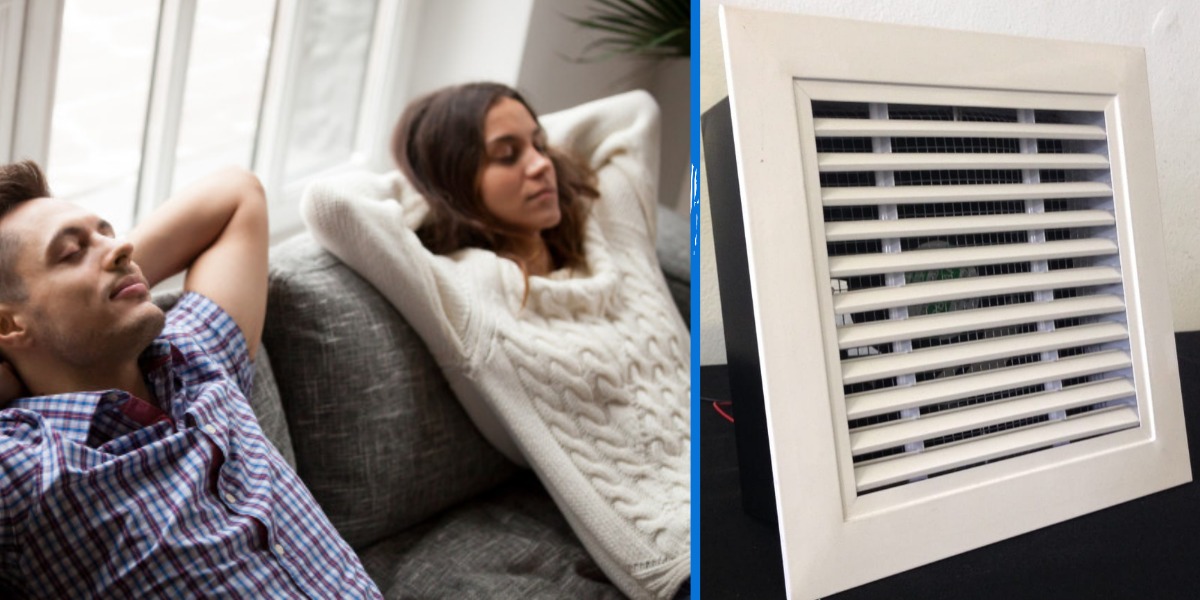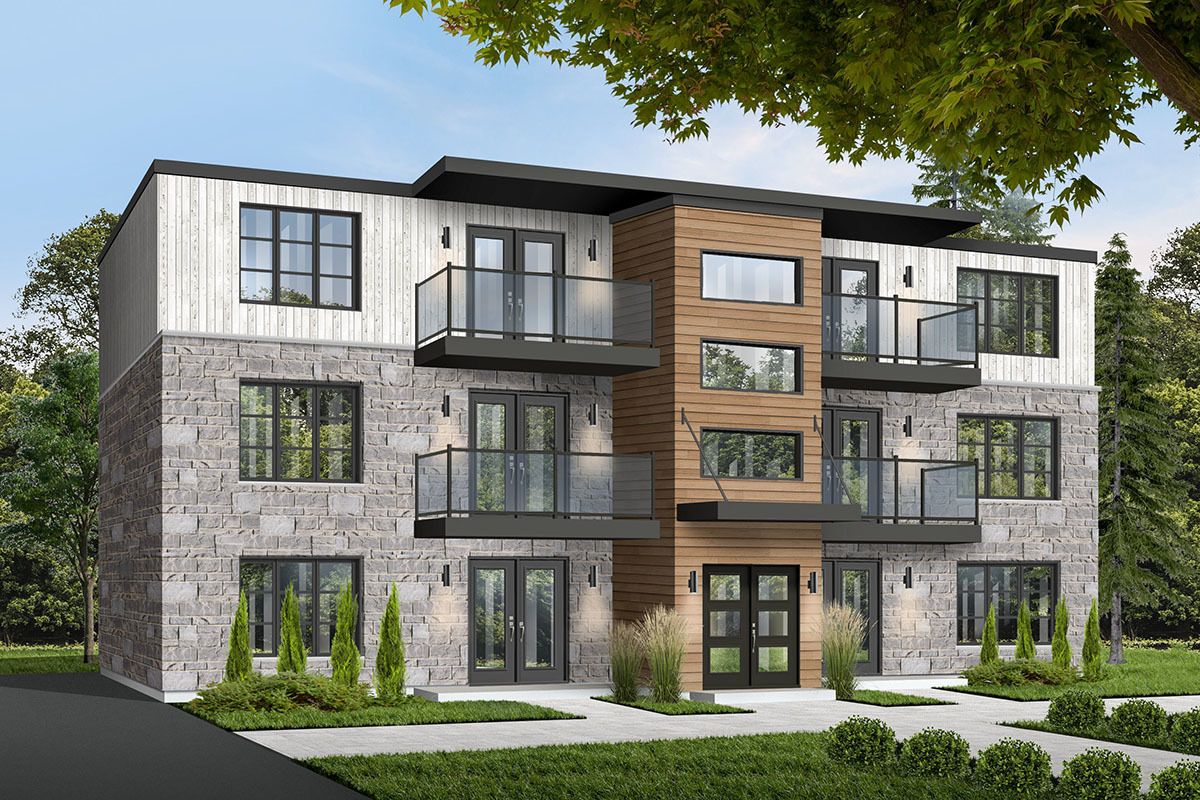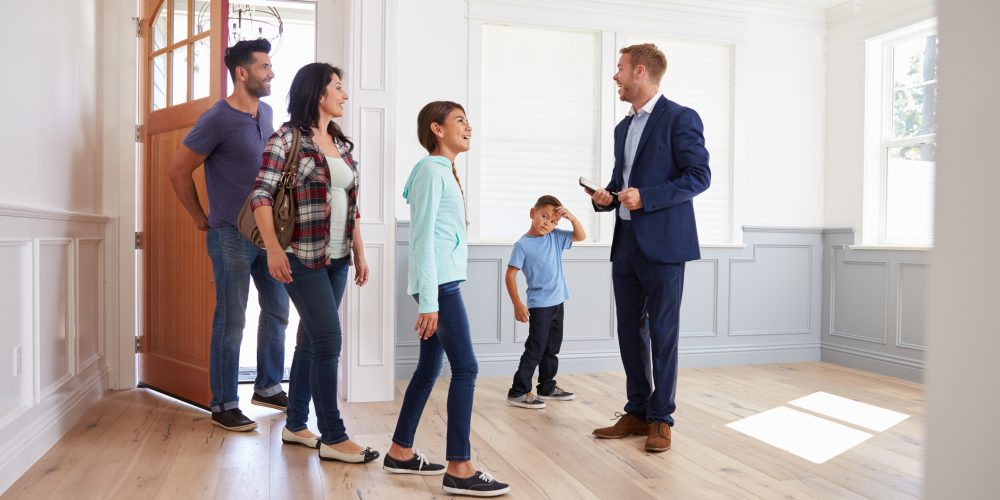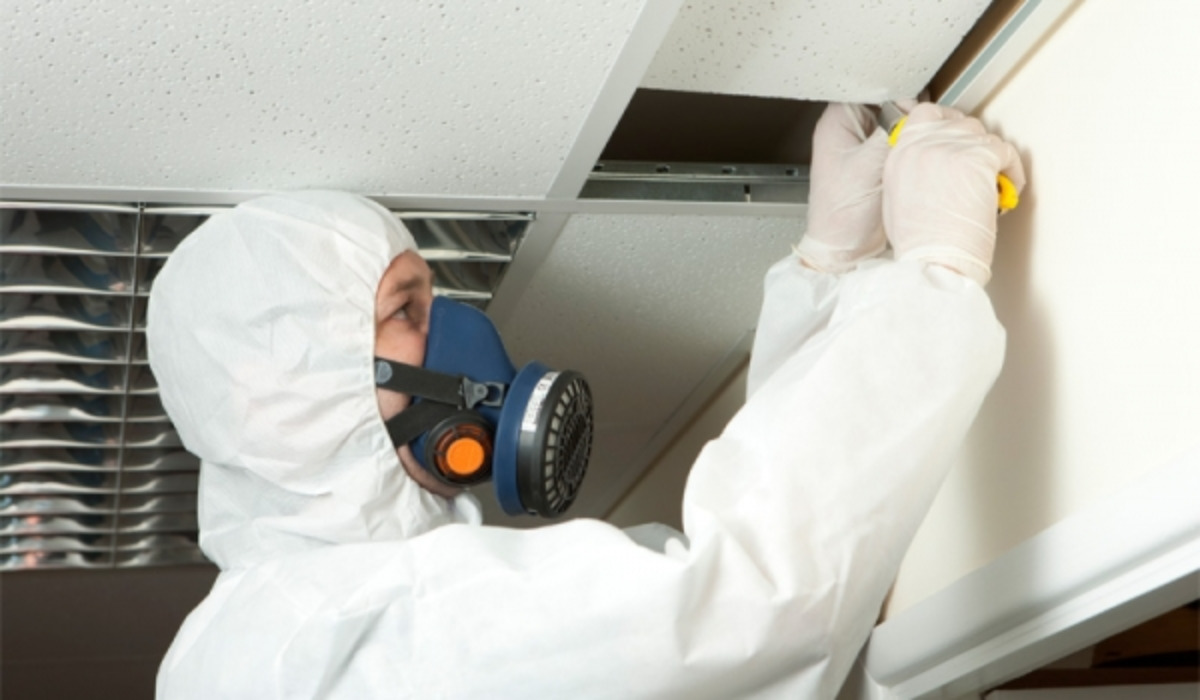
- March 16, 2021
- Effective Building
- 0
Mechanical subfloor ventilation is the key to a healthy subfloor and a healthy house. In brick houses and older brick houses, there’s typically too little natural subfloor ventilation in the crawlspace.
When coupled with the older brick or bluestone footings – which decree that each room in the dwelling is mirrored with the same chamber in the void beneath the house – there’s both no natural ventilation of this crawlspace area and no cross-flow ventilation. In these instances, installing a mechanical subfloor ventilation is the only way to improve the crawl space ventilation.
Symptoms of a Poorly Ventilated Subfloor
Generally speaking, people will notice when they have a poorly ventilated subfloor in the presence of a damp, mildew, or musty odour. Further investigation may reveal the presence of fungal growth on both the brick footings and the soil.
In more extreme cases, evidence of brick and mortar deterioration and rising damp are very common. Once the symptoms are apparent, then mechanical subfloor ventilation of the crawlspace will be needed.
Subfloor Ventilation Procedure
Once it has been determined that the subfloor needs ventilation by the presence of fungal growth, moisture, rising damp deterioration to brick foundations), the process for installing a mechanical subfloor ventilation system.
1. Moisture Tests
Our building inspectors initially conduct a moisture test of the subfloor atmosphere and the subfloor soil directly from the crawlspace. While drying the subfloor before fans installation, we do before and after soil and atmosphere tests so we have something to measure the success of the ventilation.
2. Measure Subfloor Area to be Ventilated and Determine Access
Access to the crawlspace and the structure of the crawlspace is important when installing mechanical subfloor ventilation.
Access to the crawlspace or the subfloor
The best types of mechanical subfloor ventilation systems are those that are ducted to all corners of the crawlspace or into every cavity (if the property is a subfloor ‘room’ or chamber). If the access is sufficient to enable a ducted system to be installed, then we can already start measuring the area to be ventilated.
If there’s no access to the subfloor then the next option is to install fans mounted in the external wall of the dwelling. These aren’t efficient as they have a ducted system that lacks the power to draw air from other room cavities in the subfloor. The reason they aren’t powerful enough is the restriction of the fan’s physical size and housing.
Area
The science of mechanical subfloor ventilation systems is a mathematical equation (the cubic meterage of the crawlspace divided by the output of the ventilation fans to be used). Our aim is to achieve 8 air changes per hour of operation of the ventilation system as per the relevant standards that govern home ventilation.
Hence, an area of 100m3 requires an output of the fans to achieve 600m3 (100m3 x 6 air-changes per hour of operation. For air to be introduced to the subfloor, we allow 3 air-changes per hour. There’s more to it than that as the ducting added to the fans reduces the fan performance but that’s a general idea.
3. Select the Best and Quietest Fans
There are several fans on the market. Our mechanical subfloor ventilation fans are sourced from the best manufacturers in Sydney and have a three to five years warranty.
4. Positioning and installing fans and ducting in the crawlspace
Our mechanical subfloor ventilation fans are all mounted on a chipboard base with a 20mm rubber barrier installed between the fan and the particleboard base. They are either screwed onto the joists or mounted on the floor of the void. The ducting is run to every cavity in the subfloor and the fans are balanced in the subfloor so that they’re evenly distributed to allow an even spread of air throughout the subfloor.
5. Switching
The mechanical subfloor ventilation fans are installed via a hygrometer which turns itself on and off depending on humidity levels or through a 24-hour waterproof timer (preset to run during daylight hours for a set period of time and adjustable). Generally, the fans are set to run when occupants aren’t there and the times they run can be adjusted to suit.
6. Inspect and re-adjust
As part of the Effective Building & Consultancy service, we’ll return to the property on a set date and check the moisture content of the internal flooring, walls, and crawlspace. Once we’ve established all moisture readings, we’ll reset the timer up or down depending on the results we’ve achieved in the first month.
Effective Building & Consultancy Recommends Solar Powered Mechanical Subfloor Ventilation
Ventilation of the underfloor area is essential to the health and longevity of any building with a subfloor area. Unfortunately, not all homes and buildings can achieve the necessary ventilation under the floors through passive natural ventilation. These houses require additional mechanical ventilation to control humidity.
Effective Building & Consultancy believes that solar-powered mechanical subfloor ventilation fans are the most effective way to ventilate under-floor areas. High humidity levels in subfloor areas result in dampness which will cause mould, fungal growth, rotting stumps, rotting floorboards, odours, and musty smells which can make their way into the house.
Moist subfloor areas serve as perfect breeding grounds for white ants, termites, wood borers, fungi, etc. Ensuring good under-floor ventilation should be given with utmost importance to protect your house. A well-ventilated subfloor should also prevent rising dampness.
Asthma sufferers should also be aware that asthma attacks are triggered by dust mites as a result of high moisture levels and poor air quality. These are often the effects as a result of issues in the subfloor area.
A constant or timer-operated electrically powered fans are the most common approach to mechanical subfloor ventilation. These fans are designed to remove moisture from the sub-floor area. This aims to allow the replacement of air to enter the house via vents located around the building. The problem with constant or timer-operated fans is that they also operate when there’s high humidity.
For example, when it’s raining, it means they actually draw very damp air into the subfloor area. Due to the normally lower temperature under the house, this causes condensation and high moisture levels. This could lead to the gradual destruction of your subfloor area through mould, rot, and termites.
Advantages of Solar-Powered Fans
The system only operates during sunny conditions. This ensures that the replacement air ventilating through the sub-floor area is quite dry. Therefore, doing a better of ventilating and keeping the sub-floor healthy. Moreover, solar mechanical subfloor ventilation fans cost nothing to operate.
Effective Building and Consultancy are partnered with companies manufacturing solar-powered sub-floor and underfloor ventilation. We could suggest purchasing solar collector ventilation systems, 150mm solar fans (medium volume), 300mm solar fans (high volume), 500mm diameter for solar whiz sub-floor/gable fan for moisture extraction from sub-floor spaces.
Solar Air Module (SAM)
This unique approach can solve severe damp problems. It involves using solar air collectors to heat and deliver warm, fresh dry air into the problem areas.
A single solar air collector can deliver fresh heated air with less than 10% humidity content during a clear sunny day. The dry air can lower the amount of moisture accumulated in the subfloor area. The cross-flow from these systems also ensures a much drier environment in the house’s living areas.
Solar Fan Systems
The wall-integrated subfloor ventilation fans are the best approach for creating cross-flow ventilation in subfloor areas. The solar gable fan provides high airflow volumes with silent quiet operation and no power consumption.
If there’s less space, a 1500mm solar fan is the best choice. These subfloor fans are capable of moving up to around 450cbm/h.
Solar-powered mechanical subfloor ventilation ensures that it only operates when the humidity content of the replacement air is low. It also prevents operation during rainy periods to prevent upping humidity in the subfloor area which could cause more damage.
The solar-powered mechanical subfloor ventilation we suggest from our trusted partners will improve your indoor air quality, health, and comfort in your homes.
For more information about our building inspection, visit our Help Centre.
Suppose you are planning to work on multi-story units. In that case, you may find yourself wondering if you should Read more
Where does pre-purchase building inspection come into play? Imagine this scenario: You just bought a new home. However, your dream-come-true Read more
Is the property built during the 80s or early 90s? If yes, then you might need an asbestos building inspector Read more





